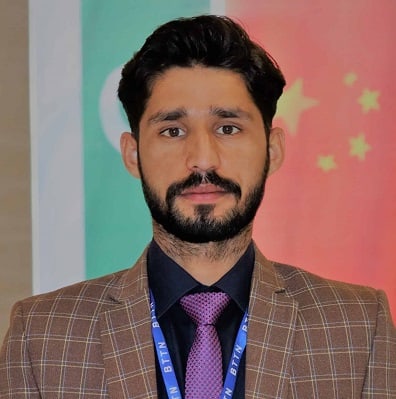By Sheraz Wahid
The caste system has existed in the structure of India for not less than 3,000 years. It is a social progressive system that went down through families, and it very well may be direct the callings an individual can work in as well as parts of their public activities, including whom they could wed.

While the caste framework initially was for Hindus, virtually all Indians today relate to a rank, no matter what their religion.
India’s standing framework and the savagery executed against those at the lower part of the unbending, inherited social definition stood once more at the focal point of the audience. The orders in the standing framework have exposed ordinary citizens of India to confront huge showdowns as they have a place the lowest of the rank (Achooth). However, Dalit is a word that could mean persecuted, broken or squashed and alludes to those previously realized by the dehumanizing term “untouchables.” Throughout the long term, the locals have picked the term Dalit for itself, shunning the authority moniker of Booked Positions. There are 200 million Dalits in India out of a populace of 1.3 billion.
The Hindu position framework, where personality and status are credited upon entering the world, dates to an old Sanskrit text called the “Manusmriti” (The laws of Manu), and utilizes a regulation of virtue and contamination to characterize individuals into four varnas or ranks. Also, At the top are the Brahmins (clerics), trained by Kshatriyas (officers/chairmen) and Vaishyas (traders), with Shudras (workers/workers) at the base. Dalits are past the extent of this framework, which thinks of them as untouchables. Tragically, untouchables,
Standing isolation stays common in India. For instance, a significant portion of Brahmins say they might want to acknowledge an individual who has a place with a Planned Rank as a neighbor. However, most Indians do not feel there is a ton of positional segregation in the nation, and 66% of the people who relate to Planned Standings or Clans say there is not a far and wide victimization of their separate gatherings. This feeling might reflect individual experience: 82% of Indians say they have not actually confronted segregation in light of their standing in the year preceding taking the review.
Certainly, a minor Dalit young girl was supposedly assaulted by five men in Karnataka. At a coffee shop in Karnataka’s Hassan locale, four individuals, one of whom is a minor, have been blamed for assaulting a 13-year-old Dalit young girl. At the point when specialists got data about a young girl who was a half year pregnant and confessed to an emergency clinic, the rape of the minor kid was found.
Suit proceeded, an 18-year-old Dalit youth was purportedly manhandled and ruthlessly whipped for contacting the food during a wedding ceremony. The occurrence occurred in Wazirganj. Renu, an occupant of Naubasta town, said her younger brother, Lalla, 18, had gone to go to a wedding in the town and the dining experience was organized at the place of one Sandeep Pandey. When Lalla got a plate for himself, Sandeep and his siblings mishandled him and whipped him. At the point when Lalla’s senior sibling Satyapal attempted to save him, they likewise beat him up and harmed his motorcycle.
Critically, the rise in anti-Dalit crimes is not a new phenomenon, but it has increased significantly since the government led by the right-wing Bharatiya Janata Party (BJP) as part of the National Democratic Alliance (NDA) came to power in 2014. In 2018, crimes against Dalits and Adivasis increased by 27.3% and 20.3%, respectively. Furthermore, it contradicts the BJP’s claim that its government and policies are pro-Hindu and pro-poor. In the current epoch, it is not just Muslims and Christians who are marginalized. The increased frequency of caste-based atrocities reflects the BJP’s encouragement and promotion of Brahmanism. It occurs at the expense of Hindus who do not belong to the traditional caste’s elite castes.
In the growing apartheid against the peoples (scheduled class) of India is increasing. Such atrocities have been coming since decades, where India is named as top in the rap cases, most of the victims of rape have been minor age girls and women.
To sum up, younger Dalit communities are awakening to the harsh reality of Hindu nationalism as a result of their growing anger and frustration over the economic crisis and increasing atrocities, particularly against Dalit women. Over time they will undoubtedly oppose the tactics of Brahmanical nationalism. A new generation of Dalit leaders, such as Jignesh Mevani in Gujarat and Chandrashekhar Ravan in Uttar Pradesh, has warned that the marginalized have cornered in exchange for temporary and conditional “respectability.” It is difficult to predict when the Dalit community will break free from the “spell” cast by the RSS-BJP alliance, but the increase in atrocities and economic marginalization, may raise their awareness on the motifs keeping them in a subordinate position indefinitely.
Sheraz Wahid is currently doing his M.S-International Relations from International Islamic University Islamabad, (IIUI). The author’s area of interest covers International Politics and strategic affairs of South and Central Asia.
(The views expressed in this article belong only to the author and do not necessarily reflect the views of World Geostrategic Insights).
Image Source: IDSN







